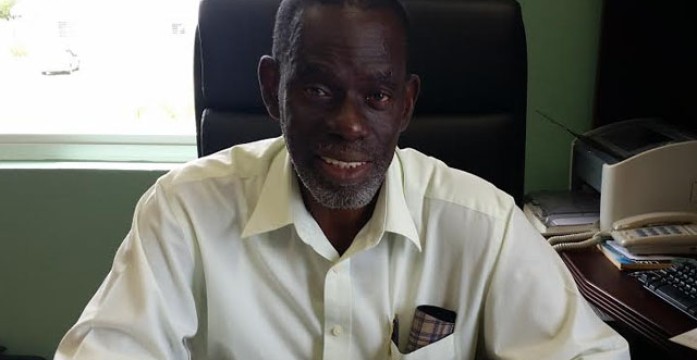With the current sanitary engineered landfill cell way past its natural life and the need for St. Kitts and Nevis to pursue diversified options for alternative energy, the Solid Waste Management Corporation is making a case for government to pursue waste to energy. General Manager of the Solid Waste Management Corporation (SWMC) Alphonso Bridgewater, wants government to indicate what its position on waste to energy. “This is something I raised with Ministers Hamilton and Wendy Phipps as well. Where are we in terms of waste to energy? Is it still a priority, is it still on the burner for government because we seem to be hearing more and more about geothermal,” Mr. Bridgewater said.
Mr. Bridgewater acknowledged that while government may prefer geothermal as a more efficient form of alternative energy, having diverse energy options must be considered. “There is nothing wrong for a country like St. Kitts and Nevis having a diversified set of alternatives. They could have geothermal, they could have waste to energy, they could have solar, have wind. There is not enough emphasis on that for my liking…in the meantime we continue to have challenges at the landfill,” he added.
Meanwhile, Mr. Bridgewater provided an update on the state of the sanitary landfill in Conaree. He explained that the sanitary engineered cell has passed its expiration date, but at the 9.6 acre facility, there is space to create another engineer cell, which would cost a minimum of $US10 million minimum. Garbage is currently being dumped at other space on the landfill but the engineer cell is needed for a more efficient management of the waste disposed there. “We could manage it to last…another five years or so but that’s putting a squeeze because while we are saying that, we are increasing the amount of garbage we are throwing away on a daily basis,” he said. He pointed out that the current 130,000-150,000 tons of garbage a year could easily increase with the addition of the new tourism developments anticipated.
Mr. Bridgewater made it clear that even if the government decides to pursue waste to energy, there will still be need for another landfill. “Even if you go with the waste to energy you still need an engineered cell. What would happen is that the engineered cell would now accommodate less ash per year. So that engineered cell instead of lasting five years, instead of lasting 10 years, instead of lasting 15 years, it could go 20-25 years,” Mr. Bridgewater said.

